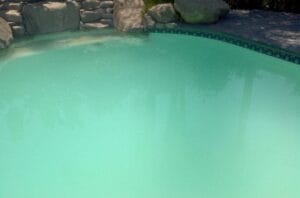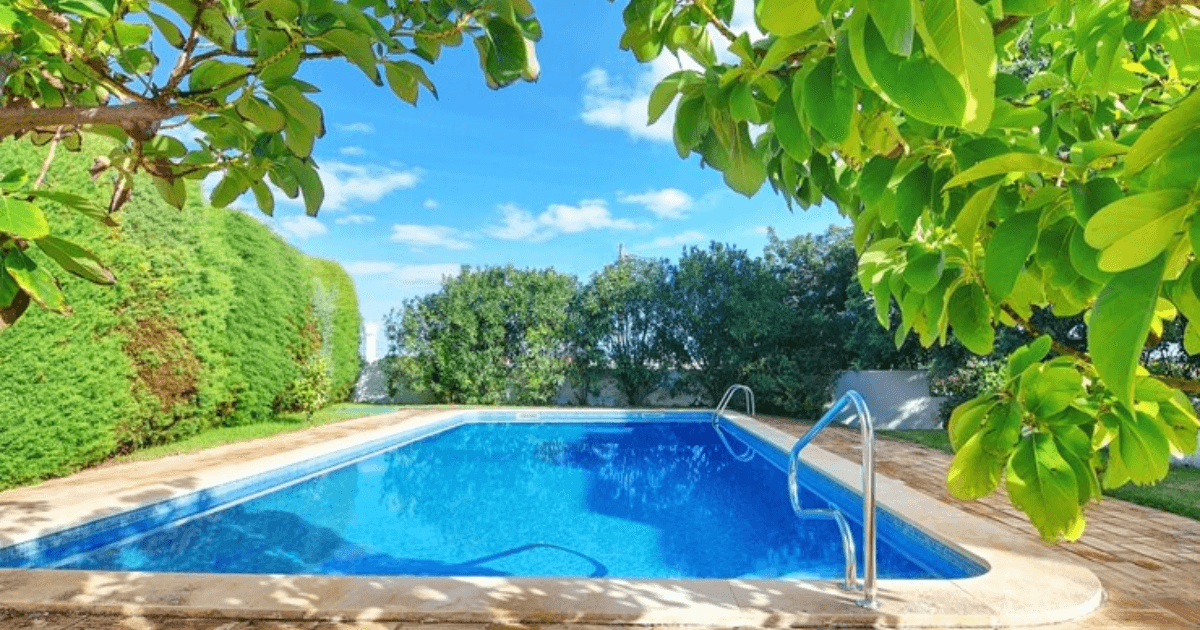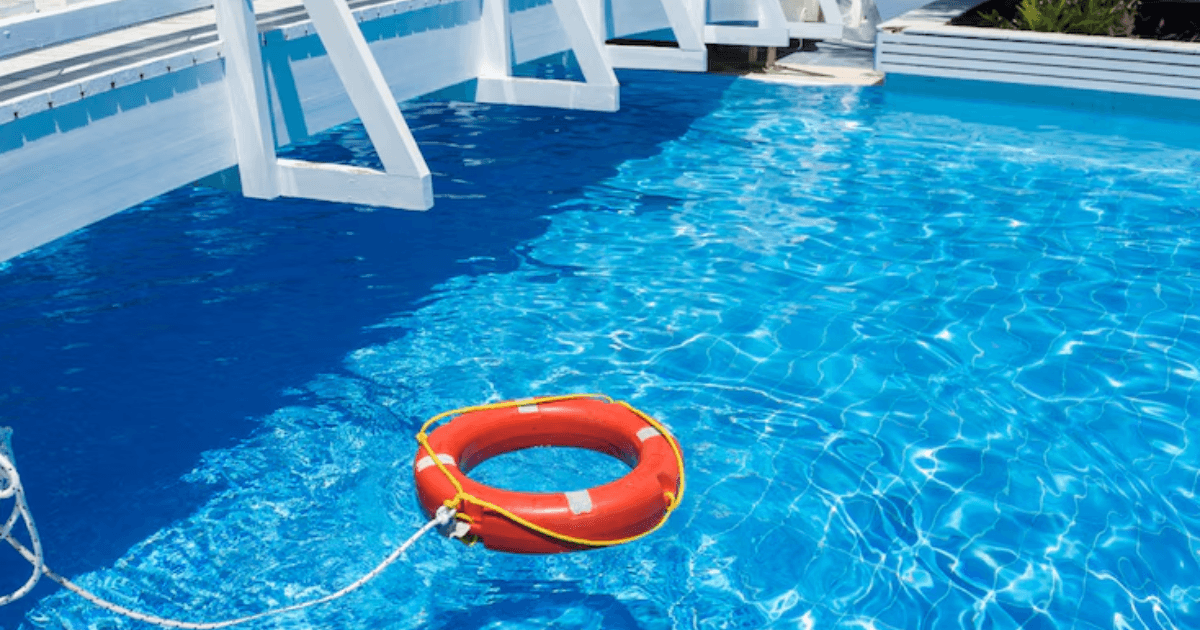Introduction
Maintaining a shining, clean pool is about guaranteeing everyone’s health and safety, not only about appearances. The pool filter is among those who are overlooked; helping you with this. More so, if you have a Hayward pool filter, regular cleaning is quite essential. In this thorough tutorial, you will go over everything you need to know about cleaning your Hayward pool filter to keep your pool immaculate and increase the filter’s lifetime.
Understanding Hayward Pool Filters

Before cleaning, you should know what kind of Hayward pool filter you own. Hayward has three different varieties of pool filters:
1. Sand Filters
These filters catch dirt and trash using particular sand as the medium. As water passes over the sand, it gathers particles before freshwater returns to the pool.
2. Cartridges Filter
Replaceable, pleated cartridges used in cartridge filters help to extract pollutants. Their simplicity of maintenance and small particle filtering capability are well-known.
3. Diatomaceous Earth (DE) Filters
DE filters hold tiny particles using a powder derived from fossilized diatoms, providing the best filtration.
Knowing your filter type is essential since everyone calls for a distinct cleaning technique.
Why Regular Cleaning Is Essential
Regularly cleaning your Hayward pool filter offers many advantages. Some benefits are:
- A clean filter removes contaminants more effectively, making the water clear and safe.
- Long-term cost savings result from routine maintenance preventing too much wear.
- Clean filters let water run freely, reducing the pump’s effort and minimizing energy expenses.
Signs That Hayward Pool Filter Needs Cleaning

Knowing when to clean the filter is just as important as knowing how. Here are some telltale signs:
- Reduced water flow: The filter may be blocked if you observe fewer jets or circulation.
- Increased pressure readings: High-pressure readings on the pressure gauge point to the filter functioning more than they should.
- Cloudy or Dirty Water: Visible contaminants/pollutants in cloudy or dirty water point to a less-than-ideal filter performance.
- Frequent Chemical Adjustments: You should regularly adjust chemicals; a dirty filter can be the source.
Safety Precautions Before Cleaning
Safety is always a top priority before cleaning. Below are some safety precautions you need to double-check before cleaning your Hayward pool filter:
- Shut Off the Power: Turn off the pool pump and always cut the power source.
- Release Pressure: Open the air relief valve to drain any built-up pressure in the System.
- Wear Protective Gear: We must use Safety glasses and gloves to guard us against chemicals and waste.
- Consult the Manual: For particular recommendations, consult the manufacturer’s directions.
Step-by-Step Guide to Cleaning Hayward Pool Filter
1. Turn Off the Pool Pump and Power Supply
Safety begins with ensuring all electrical components are off.
2. Release Pressure from the System
Locate and open the air relief valve to release any trapped air or Pressure.
3. Disassemble the Filter Components
For Cartridge Filters:
- Remove the filter lid.
- Carefully take out the cartridge.
For Sand Filters:
- Set the multiport valve to “Backwash.”
For DE Filters:
- Also, set the valve to “Backwash.”
- Some models may require manual disassembly.
4. Clean the Filter Elements
Cleaning Cartridge Filters:
- Rinse Thoroughly: Use a garden hose to spray between the pleats.
- Soak if Necessary: Soak the cartridge in a filter cleaning solution for stubborn debris.
- Inspect for Damage: Look for tears or wear that might require replacement.
Backwashing Sand Filters:
- Backwash the Filter: Run the pump until the sight glass shows clear water.
- Rinse Cycle: Set the valve to “Rinse” to resettle the sand.
Backwashing DE Filters:
- Backwash Similar to Sand Filters: Follow the same steps.
- Recharge with DE Powder: Add the appropriate amount of DE powder into the skimmer.
5. Inspect Filter Parts for Wear and Tear
Check O-rings, gaskets, and other components for signs of damage.
6. Reassemble the Filter
- Ensure all parts are clean and dry.
- Reassemble in the reverse order of disassembly.
- Tighten clamps and secure lids properly.
7. Restart the System and Check for Proper Operation
- Turn the power back on.
- Open the air relief valve until water sprays out steadily.
- Monitor the System for leaks or abnormal sounds.
When to Replace the Hayward Pool Filter
Even with diligent maintenance, filters only last for a while.
- Cartridge Filters: Typically last 2-3 years.
- Sand Filters: Sand media should be replaced every 5-7 years.
- DE Filters: Grids may need replacement every 3-5 years.
Signs We Need a Replacement:
- Persistent cloudy water despite cleaning.
- Damage to filter elements like tears or cracks.
- Inability to maintain proper pressure levels.
Maintenance Tips for Extending Filter’s Life
- Regular Skimming and Vacuuming: Reduces the debris load on the filter.
- Maintain Water Chemistry: Balanced chemicals prevent scale and buildup.
- Scheduled Backwashing: Backwash sparingly; follow manufacturer recommendations.
- Protect from Debris: Use a pool cover when not in use.
Recommended Diagram
To visualize the cleaning process, here’s a flowchart:
graph TD;
A[Start] –> B[Turn Off Pool Pump];
B –> C[Release Pressure];
C –> D{Filter Type?};
D –> E[Cartridge];
D –> F[Sand];
D –> G[DE];
E –> H[Remove Cartridge];
H –> I[Clean Cartridge];
I –> J[Inspect for Damage];
J –> K[Reassemble];
F –> L[Backwash Filter];
L –> M[Rinse Cycle];
M –> K;
G –> N[Backwash Filter];
N –> O[Recharge DE Powder];
O –> K;
K –> P[Restart System];
P –> Q[End];
Conclusion
Regular cleaning of your Hayward pool filter guarantees that your pool stays a safe and fun location for everyone, extending the equipment’s lifetime. This little time investment pays off with clean, sparkling, and pleasant water all season. Therefore, let’s include frequent filter cleaning in your pool maintenance schedule so that each time you dive in, you will get benefits. Happy swimming!
FAQs
How Often Should We Clean Hayward Pool Filter?
- Cartridge Filters: Every 4-6 weeks, depending on usage.
- Sand Filters: Backwash when the pressure gauge is 8-10 psi over normal.
- DE Filters: Backwash every 4-6 weeks and recharge with DE powder.
Can We Use Household Detergents to Clean the Filter?
It’s not recommended. Household detergents can leave residues that may foam or affect water chemistry. Use cleaners specifically designed for pool filters.
What Is the Difference Between Backwashing and Cleaning?
- Backwashing: Reverses water flow through the filter to remove trapped debris.
- Cleaning: Involves physically removing and cleaning filter elements.
How Do We Know When to Replace the Filter Media?
If cleaning doesn’t restore normal pressure levels or water clarity, it may be time to replace the sand, cartridges, or DE grids.
Is It Necessary to Hire a Professional?
While many pool owners handle routine maintenance themselves, we recommend professional inspections annually to catch any issues we might miss.






